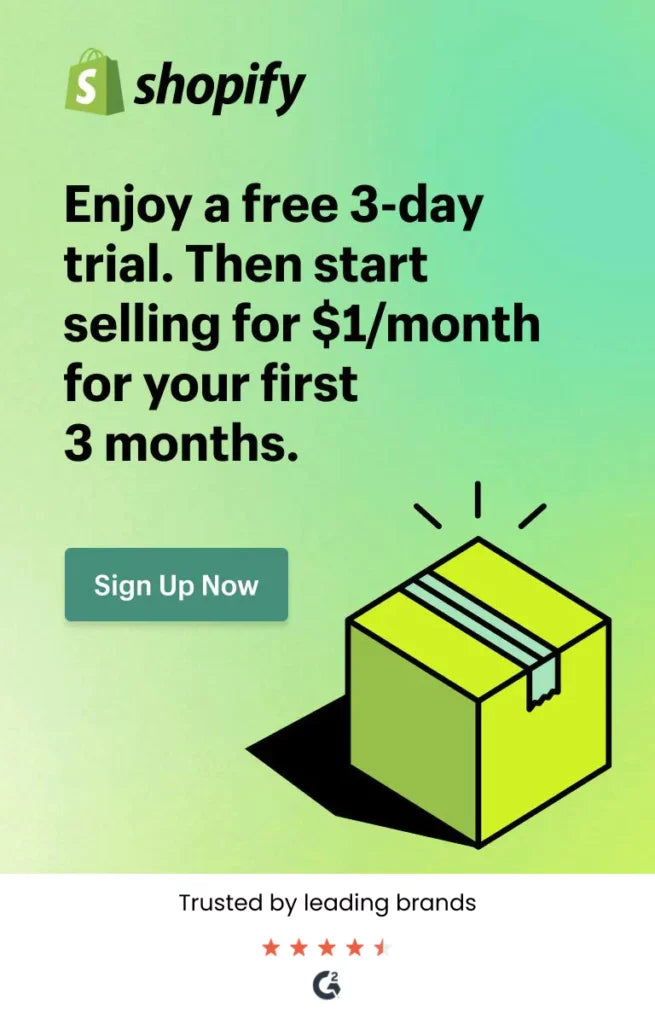Most dropshippers push traffic before they fix the page. That order hurts. When you design for dropshipping store conversions first, ad spend works harder and support gets lighter. This guide follows a clean sequence: diagnose, remove friction, sharpen offers, and test calmly. Follow it once, then repeat every quarter.
What makes dropshipping store conversions different
You often sell items buyers can find elsewhere. Therefore the store must win on clarity, speed, and trust. Margins are thinner, and shipping windows vary by supplier. As a result, hesitation rises unless the page explains what is included, when it arrives, and why the price makes sense today. Nail those three and dropshipping store conversions rise without heroic ad tweaks.
Start with a quick diagnostic
Open your analytics and check four numbers for the last 30 days: product page view rate, add to cart rate, checkout start rate, and purchase rate. Next, segment by device. Then segment by traffic source.
Soon you will see where dropshipping store conversions actually drop. If mobile product pages get views but few ads, the problem lives in the fold. If checkout starts but purchases stall, the issue lives in payment or shipping clarity. Work the biggest hole first, and leave smaller issues for a second pass.
Speed, stability, and trust
Fast stores convert better. That sounds obvious, yet many dropship setups run too many scripts and heavy images. First, compress hero media. Then lazy load below the fold assets and audit app overlap. For implementation detail, Shopify’s official guidance on store speed is a reliable baseline: Improve your online store speed. Consequently, a quicker site supports dropshipping store conversions before copy even has a chance to persuade.
Trust is the other pillar. Show clear returns in one line, name the shipping window in plain words, and add support hours where people can see them. When buyers feel they can reach a real person, purchase anxiety falls.
Sharpen the offer stack
The price is only one proof. Instead, build a compact value stack around the product: lead with the main benefit, add one concrete proof line, include a small sweetener such as a free shipping threshold or bundle savings, and close with safety signals like a 30 day return window and a realistic support response time. Keep the stack near the button so scanning turns into action without clutter. In practice, this small block often lifts dropshipping store conversions faster than long description edits.
Product page anatomy that reads fast (the one section with pointers)
-
Headline. Name the outcome, not just the object. “Quiet cooler for small rooms” beats “Portable cooler model X.”
-
Gallery. Lead with a lifestyle shot, then show 3–5 angles. Add a 5 second clip if the item moves or lights up.
-
Bullets. Three lines with concrete facts: size, material, power, weight, or runtime.
-
Delivery and returns. A single sentence near the button: “Ships in 48 hours, free returns 30 days.”
-
Social proof. Place 2–3 short quotes above the long review feed.
Write like a label. Clarity beats flair. When buyers can answer “what is it, will it work for me, when do I get it,” dropshipping store conversions move.
Mobile first, then desktop
Most dropshipping traffic is mobile, so the first screen decides whether people scroll. Keep the title to one line, pull price and options up, and place a tight benefit block under the button. Additionally, hide long content behind clean tabs that open quickly. If a banner appears, let shoppers close it once and keep it closed. These choices protect dropshipping store conversions on small screens.
Navigation that speeds the first click
Crowded menus send people in circles. For a lean catalog, show three to five top paths and a single “Shop all.” Also add a search icon that opens over the page rather than pushing content down. On collection pages, keep filters simple and visible. Because visitors decide in seconds, tidy navigation nudges them toward the first product without friction.
Landing pages built for paid traffic
Ad clicks deserve a calm landing. Create a focused page per ad theme with one headline, one hero, and a narrow set of products. Remove unrelated tiles, and add a short FAQ that answers the objections you see in comments.
When you want to assemble these pages quickly, map them with modular blocks. If you need a ready supply of blocks that drop into any theme, explore Arham Commerce theme sections and build the page in an afternoon rather than a week. Faster builds mean more shots on goal, and that cadence helps dropshipping store conversions across campaigns.
Checkout friction you can actually fix
Shoppers hesitate when totals jump late. Show taxes and shipping earlier, or present a calculator in the cart so there are no surprises at the end. Offer the payment methods your audience expects, yet keep the list short to avoid decision fatigue.
Also auto fill addresses when possible, and confirm delivery windows again in the last step. Next, give a small line that says what happens after purchase. When surprise is removed, the last mile lifts instead of stalling, and dropshipping store conversions improve where they usually falter.
Microcopy that earns trust
Small lines move large numbers. Prefer “Order by 2 PM for same day dispatch” over “Fast shipping.” Replace “High quality” with a material or test result. Likewise, swap “Limited stock” for a real count if you can keep it updated. Clear words act like proof, so buyers understand the promise and stop hesitating.
Use images that answer real questions
Choose photos that do jobs. Show scale with a hand or a common object. Show ports, seams, fasteners, or texture. If assembly is required, include one in progress shot so complexity feels manageable. For wearable products, include a size reference and a quick try on clip. Because pictures carry facts faster than text, decisions get easier without more copy. In turn, dropshipping store conversions benefit even when copy stays short.
Reviews and UGC without the clutter
Two honest quotes near the top beat a long wall of stars. Place the full review widget lower on the page to avoid heavy script cost above the fold. Curate one or two user photos that show context over selfies. If your item solves a pain point, highlight a review that mentions that outcome first. With the right framing, social proof supports the pitch without slowing the page.
One table you can use to plan tests
|
Test idea |
Where to run it |
What to change |
Primary metric |
Good early signal |
|
Move delivery line near the button |
Product page |
“Ships in 48 hours, free returns 30 days” placed above CTA |
Add to cart rate |
5–10 percent lift in adds on mobile |
|
Switch hero to problem framing |
Landing page from ads |
Headline shifts from object to outcome |
Click to first product |
10–20 percent more product taps |
|
Shorten first screen copy |
Product page mobile |
Cut description to 2 lines above the fold |
Time to first add |
Faster first add by 10–15 seconds |
|
Bundle nudge |
Cart |
Small two pack offer with honest savings |
Average order value |
8–12 percent lift without add to cart drop |
|
Payment clarity badge |
Checkout |
Tiny “No extra fees at checkout” note near totals |
Purchase rate |
2–4 percent lift on paid traffic |
Run one change for a full buying cycle, then keep a short log. Over a month, the gains compound, and results become easier to attribute.
Email, SMS, and the rescue paths
Not every visitor is ready today. Use a light exit offer on the landing page to collect email or SMS when intent is high. Then send one helpful follow up that answers the most common objection, not three promos in a row. Time the second message to land before your shipping cutoff. Because the messages add context rather than noise, they pull carts back without training buyers to wait for discounts.
Returns and support as conversion tools
Clear returns reduce doubt. Put the window near the button and again in the cart. Also list support hours and a response time you can keep, and include a visible contact route that does not hide behind a bot. Paradoxically, the promise that you will handle problems makes buyers more willing to purchase now, which steadies dropshipping store conversions even when returns stay low.
Inventory reality and expectations
Dropshipping can mean variable stock. If a color or variant is likely to delay, say so early. Alternatively, offer a small incentive for the wait or a similar item that ships sooner. When shoppers can choose based on time as well as price, cancellations fall and downstream metrics look healthier.
Seasonal landing pages with a clear end date
Create a page for each key retail window: back to school, gifting, summer travel. Keep it short and add a countdown only when the window is tight. Remove the page the day the offer ends. Because seasonal structure keeps ad sets fresh, returning visitors get something new to do without a full redesign. Often those pages carry dropshipping store conversions for the month with less media spend.
Bringing it together
Conversion work is not magic. It is a sequence. Diagnose with a few honest numbers. Then remove speed and clarity problems first. Next, sharpen the offer right next to the button. After that, build focused landing pages for paid clicks. Finally, test small changes for a full buying cycle and keep your returns and support lines visible and plain. With that rhythm, dropshipping store conversions climb without guesswork, and your ad budget stops feeling like a gamble.



